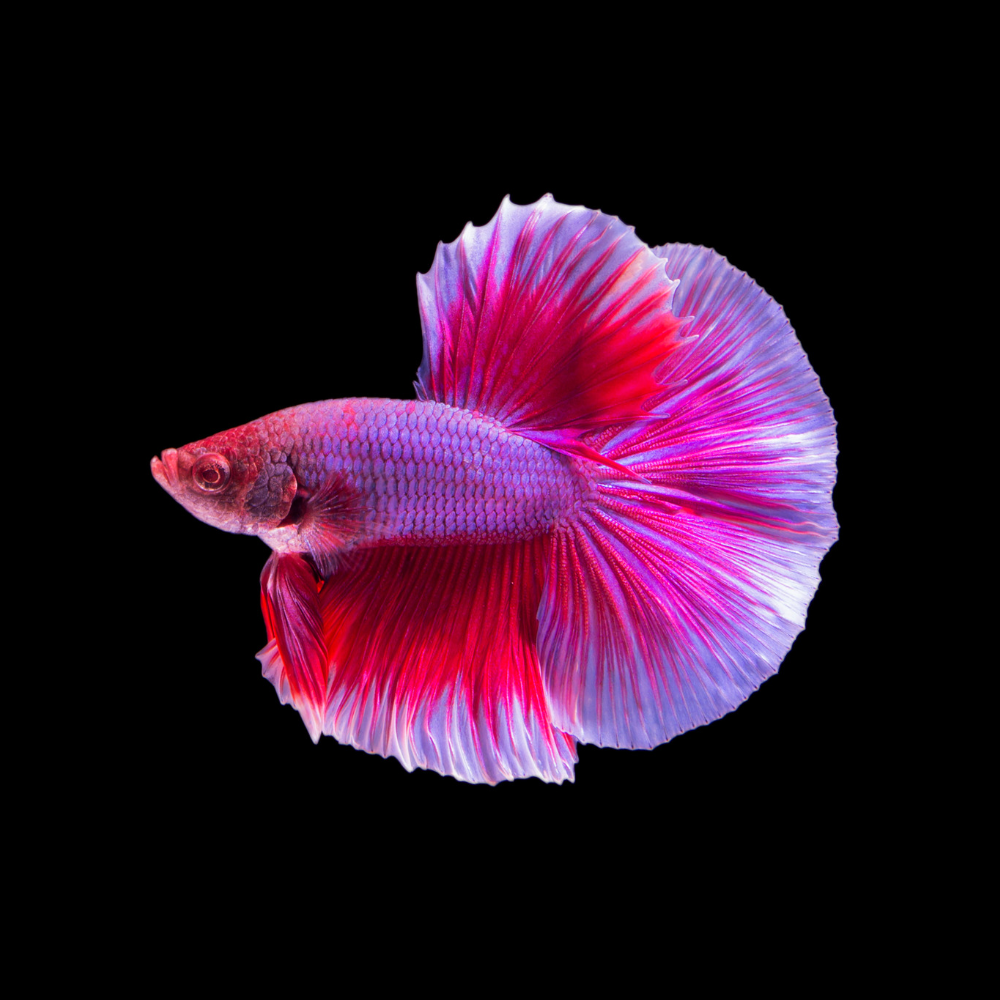The Ultimate Betta Fish Treatment Overview for New Animal Owners
The Ultimate Betta Fish Treatment Overview for New Animal Owners
Blog Article
How to Breed Betta Fish Efficiently: Expert Techniques and Insights for Hobbyists Seeking To Expand Their Betta Collection
Breeding Betta fish needs a nuanced understanding of genetics and ecological problems, making it crucial for enthusiasts to come close to the procedure with both diligence and treatment. Producing an optimum breeding atmosphere, selecting the ideal pairs, and observing the complexities of their courtship habits are fundamental steps that can dramatically impact the result.
Recognizing Betta Fish Genetics
Comprehending the genes of Betta fish is vital for successful reproduction, as it influences traits such as color, fin form, and actions. Betta fish display a diverse variety of colors and patterns, greatly figured out by their genetic makeup.
In addition to pigmentation, fin morphology is another significant facet of Betta genetics (betta fish). The sizes and shape of fins are affected by numerous genes, including those that establish whether the fins are short, long, or veil-shaped. Understanding these hereditary variations aids breeders anticipate the phenotypic outcomes of their spawn
Furthermore, behavior qualities such as aggression and territoriality can likewise be affected by genes. These behaviors play a crucial function in the reproducing process, as they can impact spawning success and the total character of the resulting fry. By comprehensively comprehending these hereditary principles, dog breeders can make informed choices, inevitably improving their reproduction programs and achieving desirable outcomes.
Preparing the Reproduction Atmosphere
Creating an optimal breeding atmosphere is essential for the successful reproduction of Betta fish. The very first step in preparing this environment is to choose a proper breeding tank, preferably varying from 5 to 10 gallons.
Following, take into consideration the use of a sponge filter or an air stone to offer gentle water blood circulation without developing strong currents that can stress the fish. It is necessary to set up plants or reproducing cones to provide hiding places and promote comfort for the lady throughout the spawning procedure. Floating plants, such as Java moss or water sprite, can likewise create a much more natural atmosphere while assisting in bubble nest structure by the male.
Prior to introducing the breeding sets, ensure the water is conditioned and devoid of damaging chemicals, such as chlorine or hefty metals. betta fish. Routine water changes ought to be conducted to keep ideal water high quality, boosting the possibilities of successful reproduction. With these preparations in location, the breeding environment will certainly support the health and wellness and health of both Betta fish
Choosing Reproduction Pairs
Picking the appropriate breeding pairs is important for achieving successful Betta fish recreation. Healthy Betta fish show lively colors, clear eyes, and energetic behavior.
Personality is one more vital factor to consider, as Betta fish are recognized for their aggressive nature. It is suggested to choose a man and woman that display suitable personalities to decrease stress during the reproducing process. A tranquil man can motivate a smoother courtship, while a woman that is too aggressive might interfere with the process.
Hereditary history likewise plays a substantial duty in the quality of the spawn. Breeding fish that are genetically varied can reduce the danger of hereditary wellness issues and enhance the general vigor of the fry. It is useful to look into the lineage of both the man and lady, focusing on desirable qualities such as fin kind, color scheme, read the full info here and size.
The Reproduction Process
The reproduction procedure of Betta fish requires mindful preparation and focus to information to make certain an effective end result. It is essential to prepare an appropriate reproduction tank, preferably a 5-10 gallon aquarium with a temperature maintained at 78-80 ° F. The container needs to be outfitted with a heating unit, filter (preferably sponge type to prevent solid currents), and lots of aquatic plants for the lady to conceal.
Once the environment is established, present the selected breeding pair to the tank, allowing them to adjust. Observe their behavior; the man will certainly display intricate courtship routines, consisting of flaring his fins and constructing a bubble nest. If the woman shows rate of interest, she will certainly show upright red stripes showing preparedness for spawning.
When the lady is responsive, the set will take part in a mating accept, throughout which the male feeds the eggs. It is crucial to check their communications very closely, as the man might come to be aggressive. After generating, remove the woman to avoid prospective injury. The try these out male will have a tendency to the eggs, which normally hatch out within 24-36 hours. Maintaining optimal water problems during this duration is essential for the growth of healthy and balanced Betta fry.
Taking Care Of Betta Fry

Feeding Betta fry is critical, as they require a diet plan high in healthy protein. Originally, they can be fed infusoria or liquid fry food, transitioning to finely smashed high-grade pellets as they grow. Feed small portions numerous times a day to motivate healthy growth without straining the storage tank with uneaten food.

As wikipedia reference they grow, check their development closely and divide any aggressive individuals to avoid injury. By providing a supporting atmosphere and appropriate nutrition, hobbyists can effectively elevate Betta fry right into dynamic, healthy fish, inevitably enhancing their reproduction undertakings.
Conclusion
Effective Betta fish reproduction calls for precise attention to hereditary selection, environmental conditions, and treatment for the fry. By understanding the genetics of Betta fish and preparing an ideal breeding setting, enthusiasts can enhance the chances of creating dynamic, healthy and balanced spawn.
Report this page